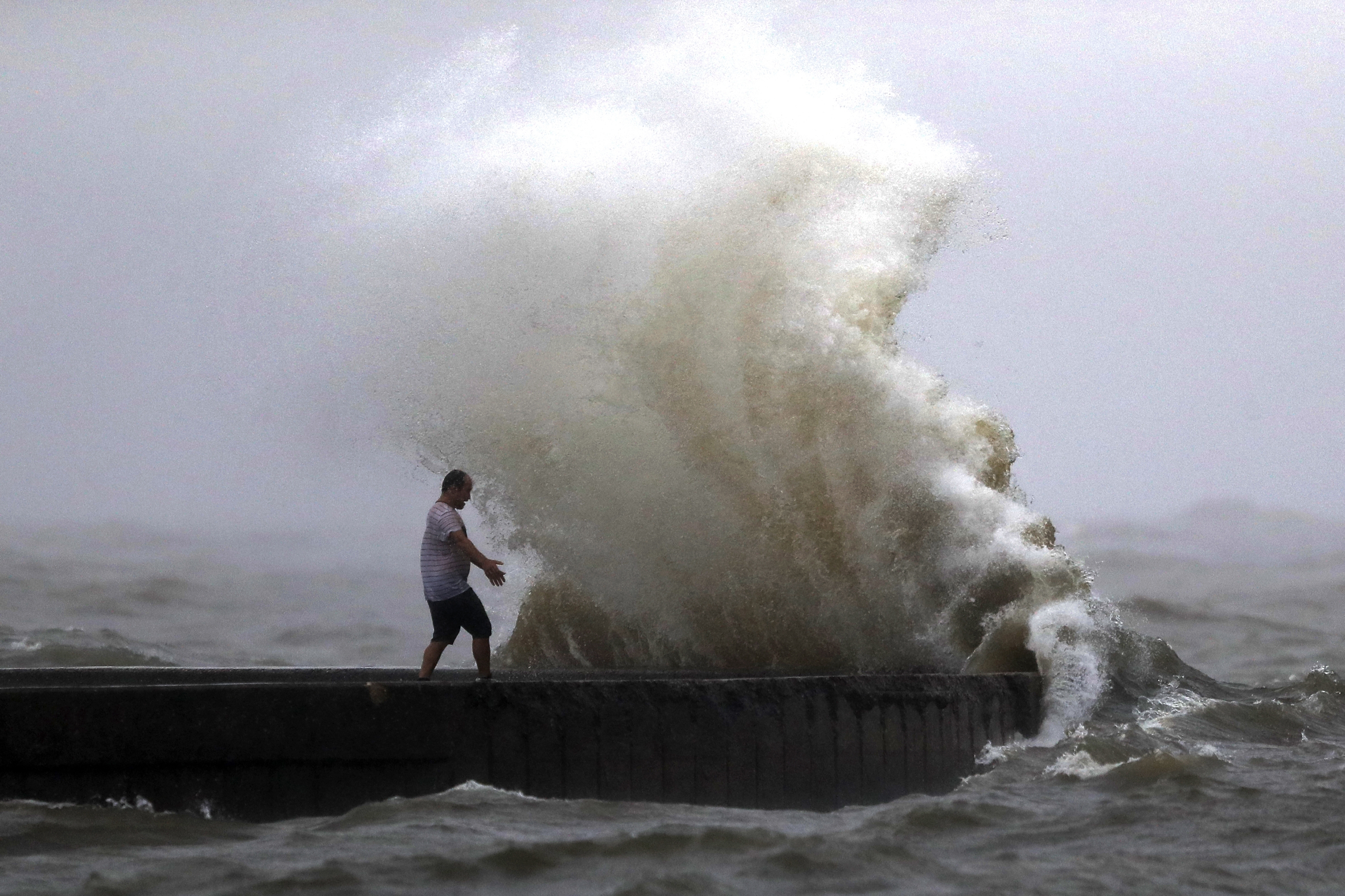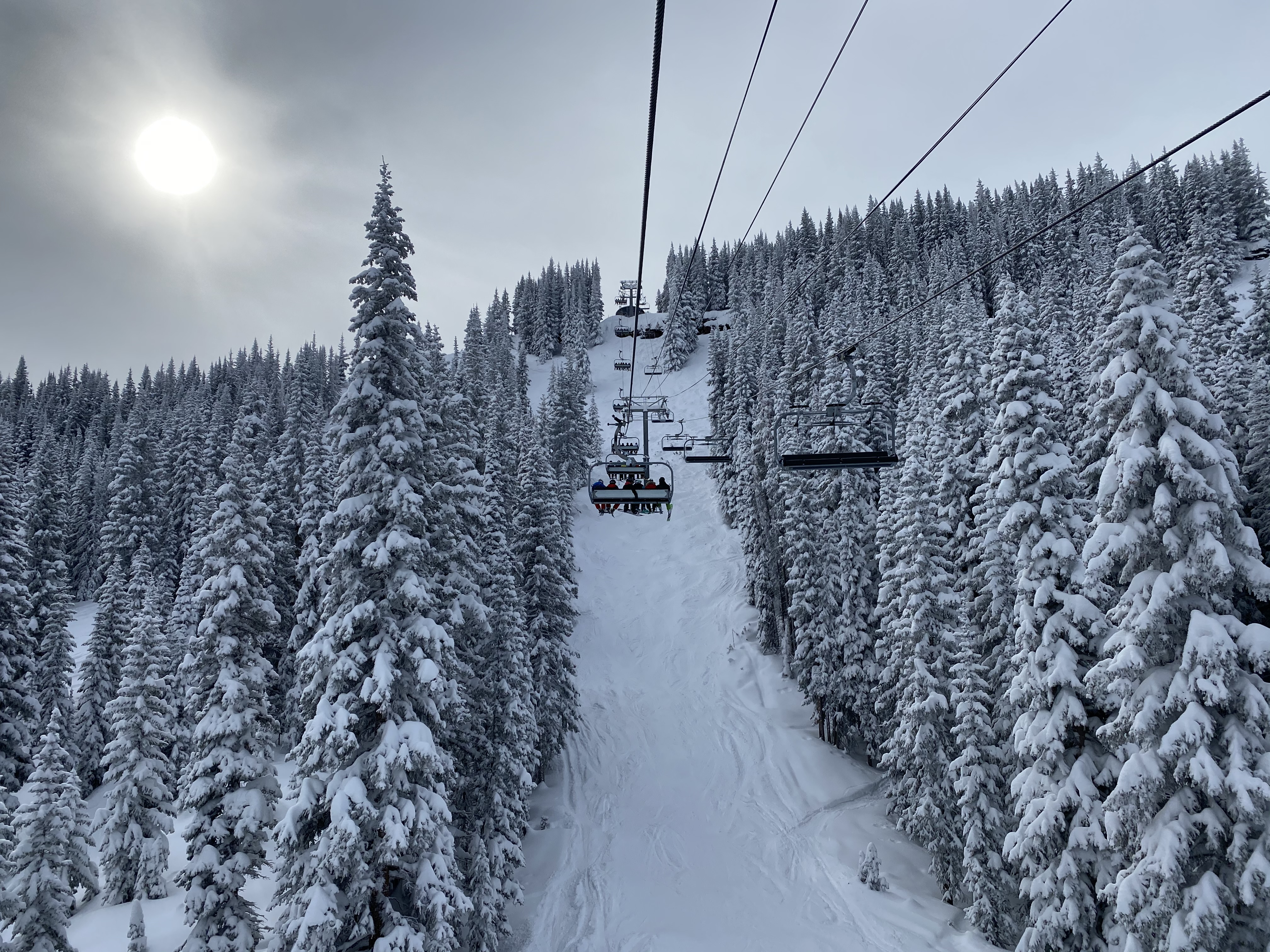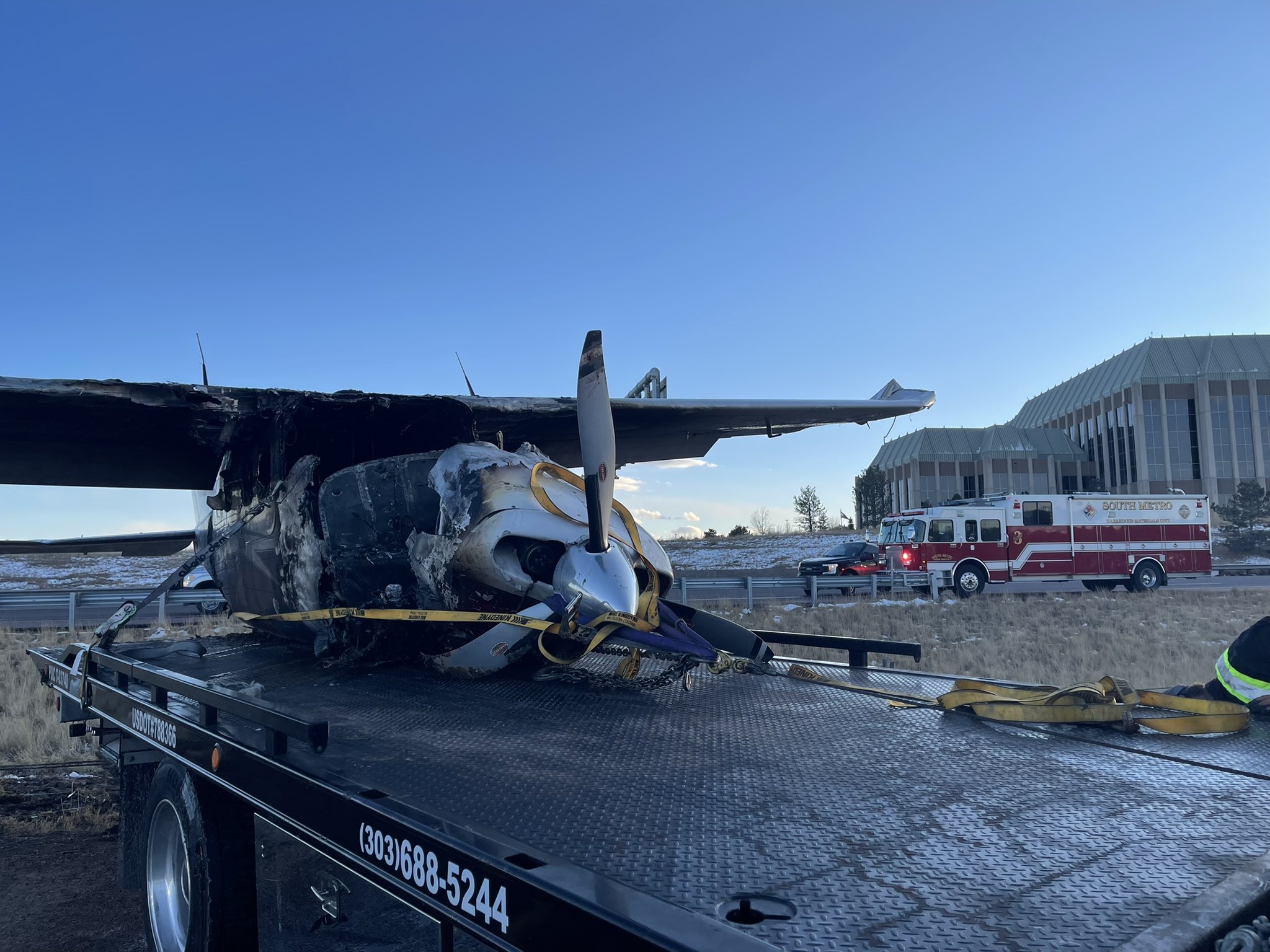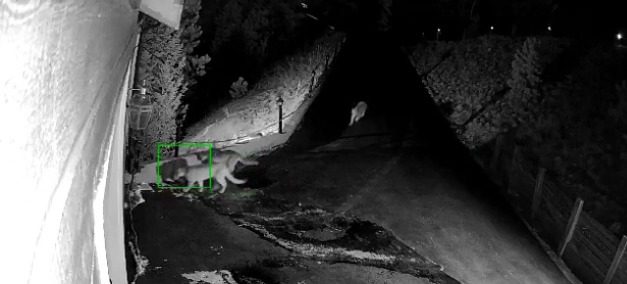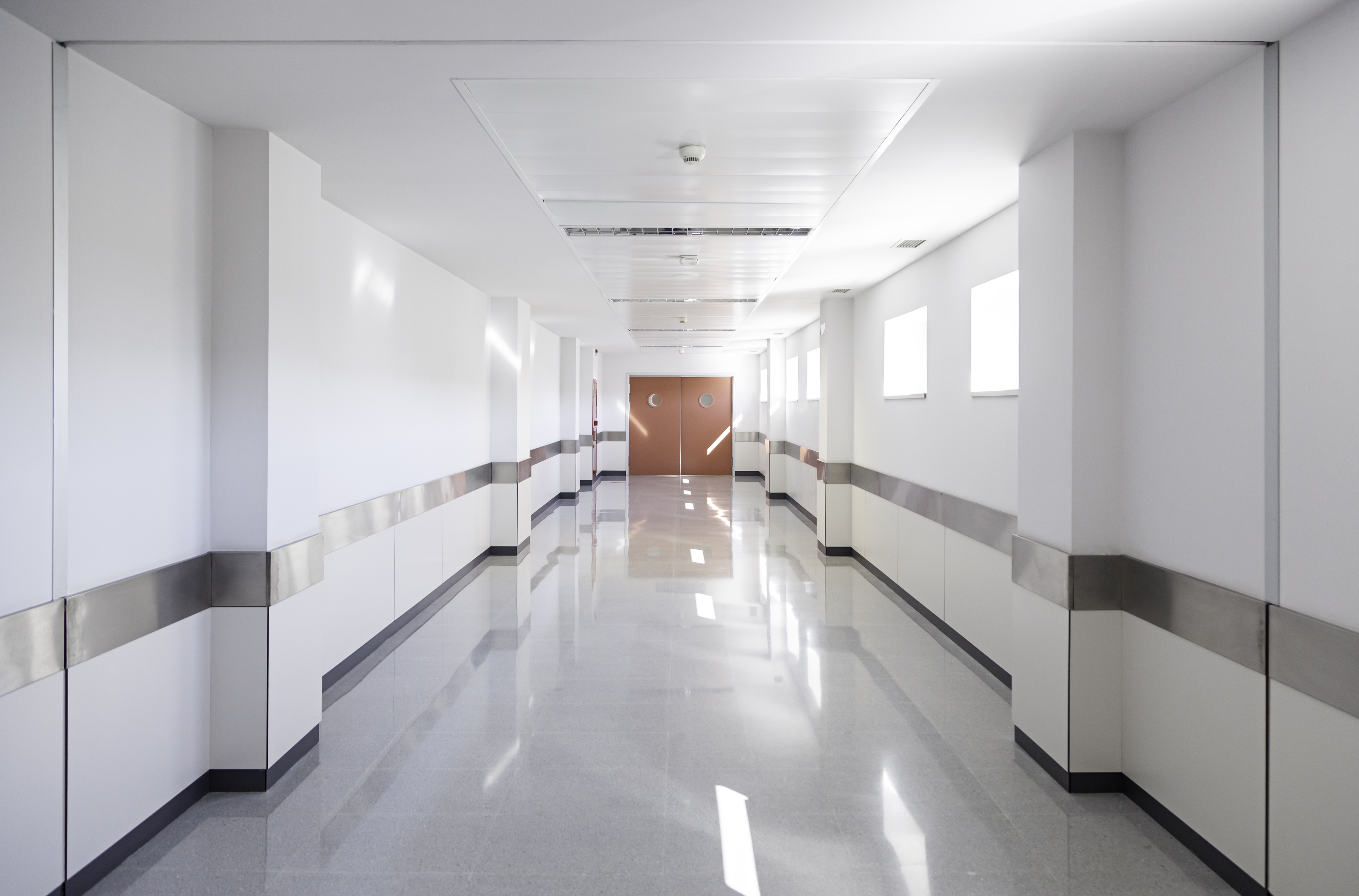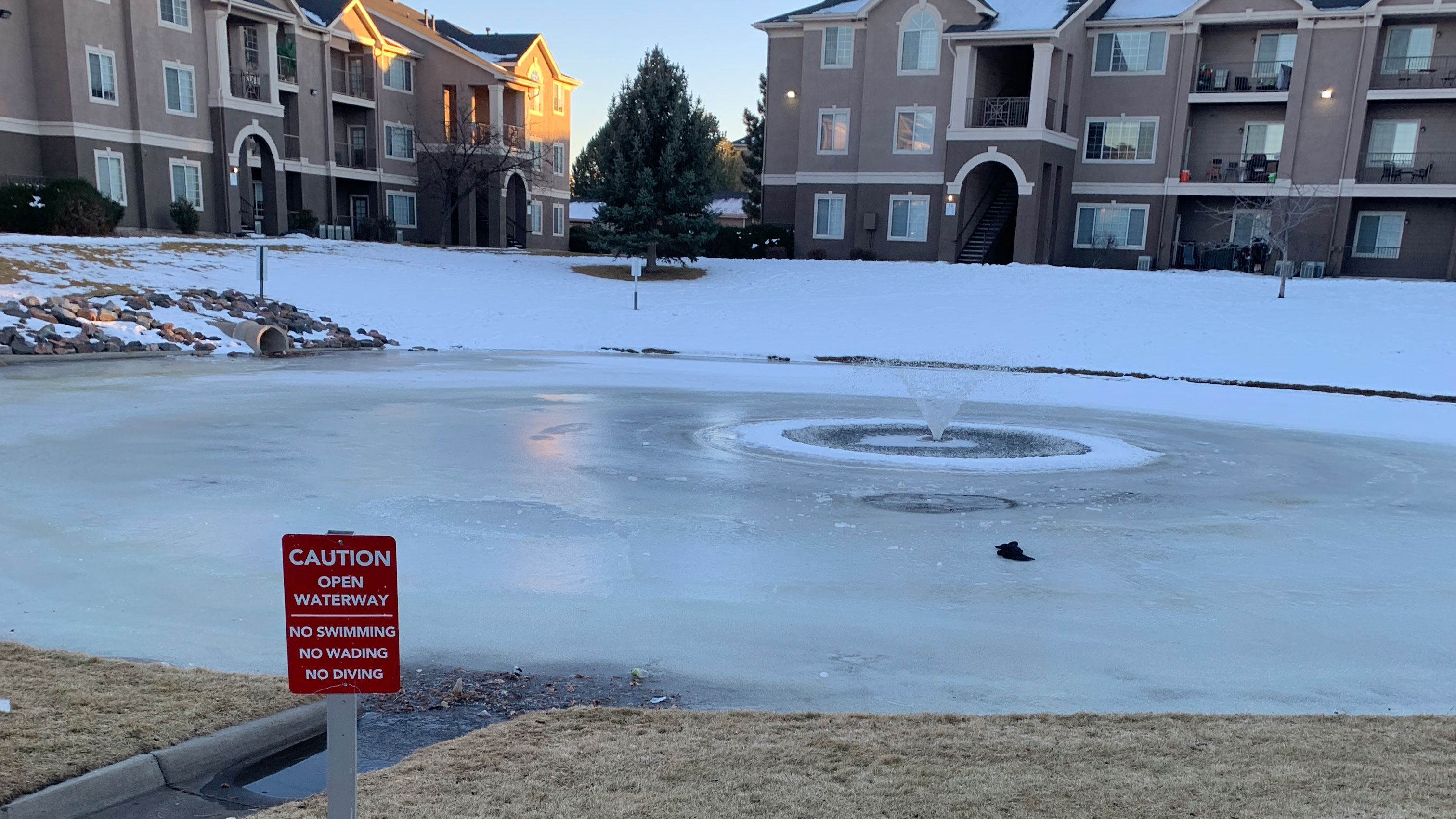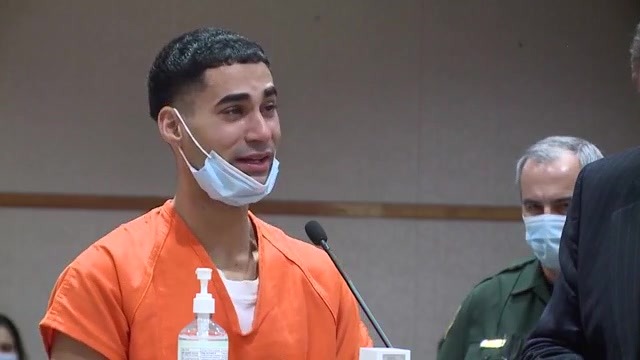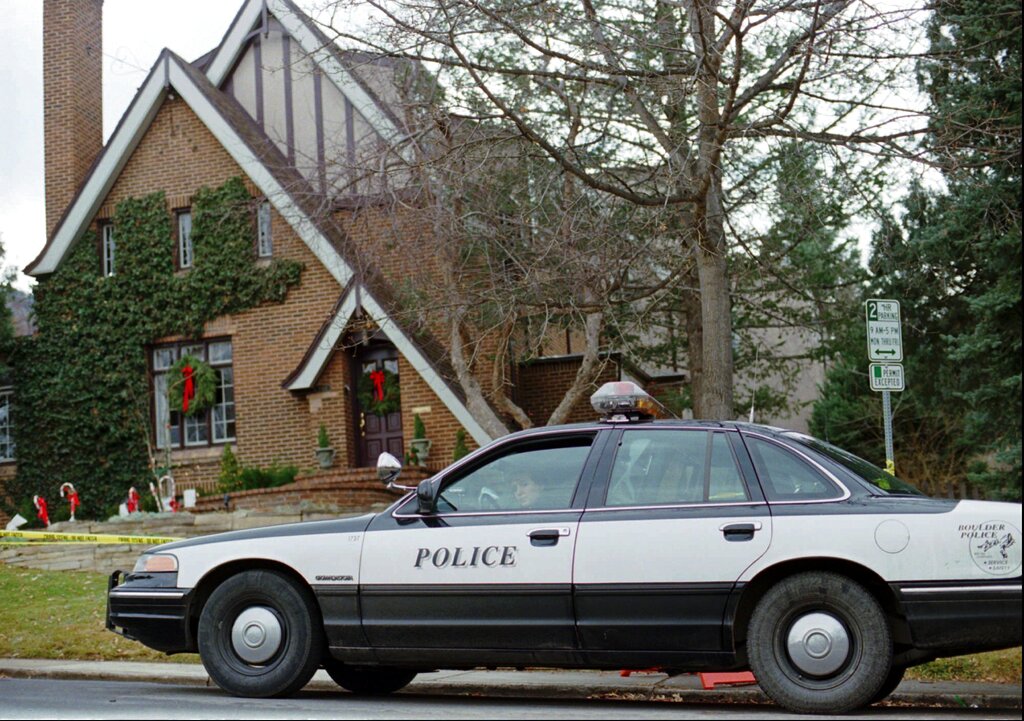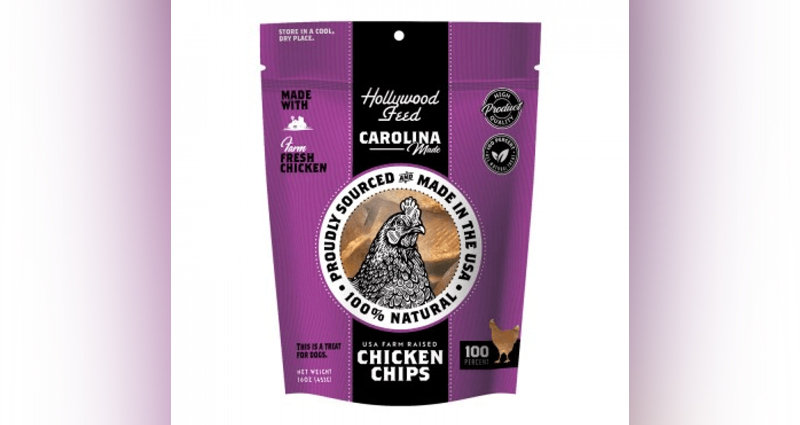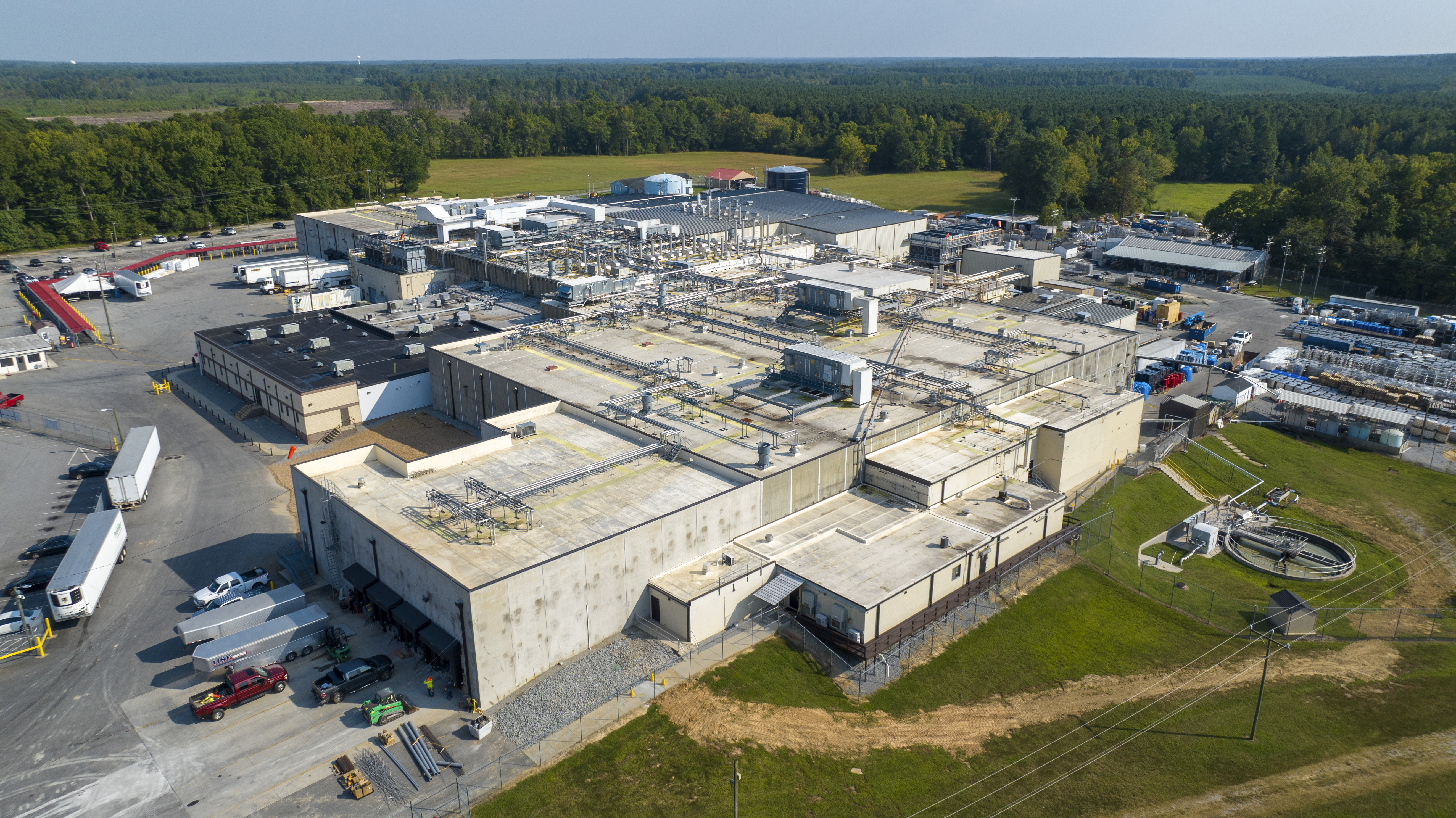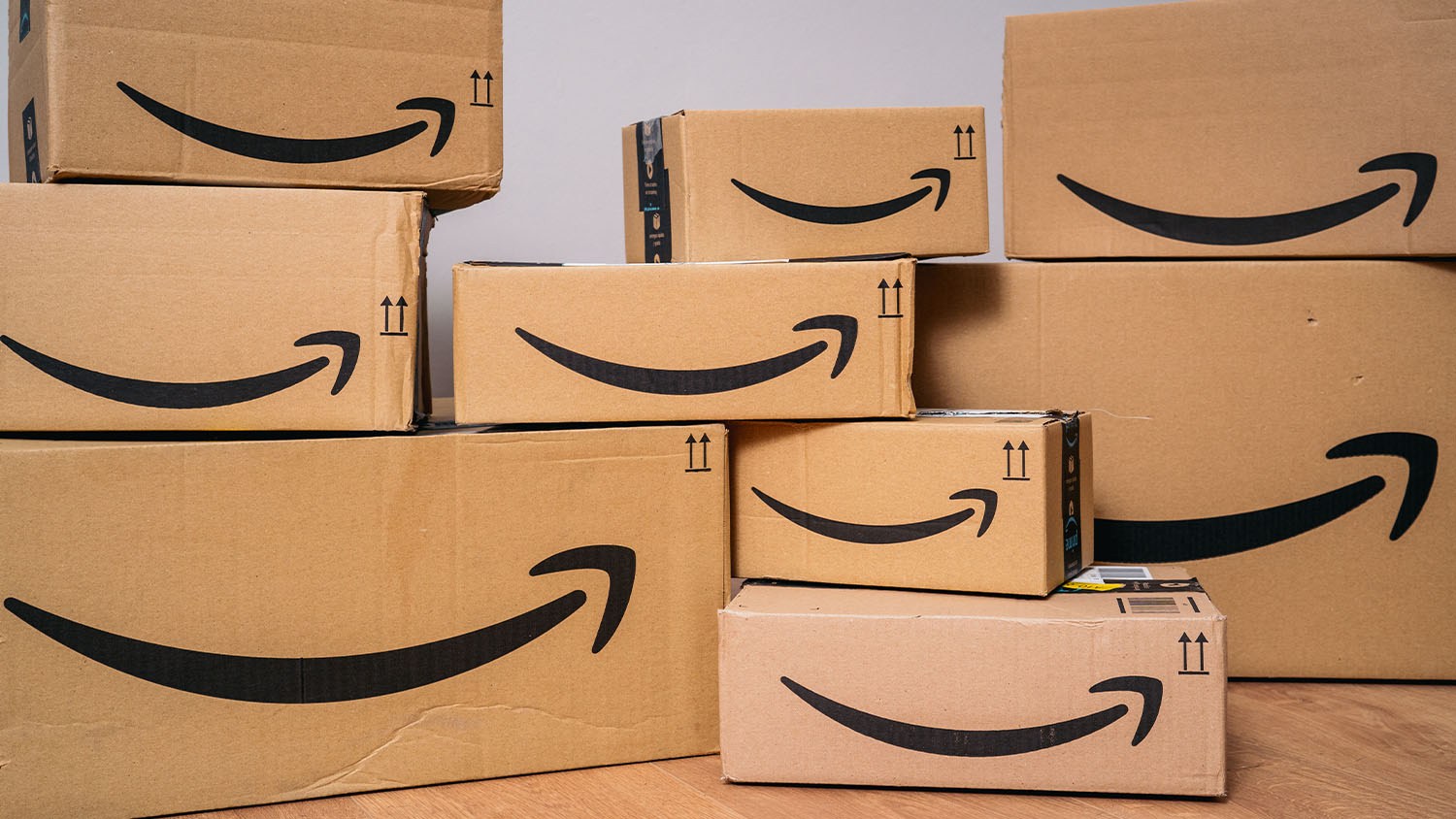CAPE CANAVERAL, Fla. (NewsNation Now) — SpaceX launched four astronauts to the International Space Station on Sunday on the first full-fledged taxi flight for NASA by a private company.
The Falcon rocket thundered into the night from Kennedy Space Center with three Americans and one Japanese, the second crew to be launched by SpaceX. The Dragon capsule on top — named Resilience by its crew in light of this year’s many challenges, most notably COVID-19 — was due to reach the space station late Monday and remain there until spring.
Sidelined by the virus himself, SpaceX founder and chief executive Elon Musk was forced to monitor the action from afar. He tweeted that he “most likely” had a moderate case of COVID-19. NASA policy at Kennedy Space Center requires anyone testing positive for coronavirus to quarantine and remain isolated.
Sunday’s launch follows by just a few months SpaceX’s two-pilot test flight. It kicks off what NASA hopes will be a long series of crew rotations between the U.S. and the space station, after years of delay. More people means more science research at the orbiting lab, according to officials.
“This is another historic moment,” NASA Administrator Jim Bridenstine said Friday. But he noted: “Make no mistake: Vigilance is always required on every flight.”
The flight to the space station — 27 1/2 hours door to door — should be entirely automated, although the crew can take control if needed.
Vice President Mike Pence, chairman of the National Space Council, traveled from Washington to watch the launch.
The flight was originally scheduled for Saturday. SpaceX announced a 24-hour weather delay of their planned launch Friday. The liftoff time slipped from Saturday to Sunday evening due to forecasts of gusty, onshore winds over Florida – remnants of Tropical Storm Eta – that would have made a return landing for the Falcon 9 rocket’s reusable booster stage difficult, NASA officials said.
SpaceX’s newly designed Crew Dragon capsule, dubbed “Resilience” by its crew, was rescheduled for launch atop the Falcon 9 at 7:27 p.m. Eastern time on Sunday from NASA’s Kennedy Space Center in Cape Canaveral. They named their capsule Resilience given all the challenges in 2020, most notably the global pandemic.
The three-men, one-woman crew led by Commander Mike Hopkins, an Air Force colonel, named their capsule Resilience in a nod not only to the pandemic, but also racial injustice and contentious politics. It’s about as diverse as space crews come, including physicist Shannon Walker, Navy Cmdr. Victor Glover, the first Black astronaut on a long-term space station mission, and Japan’s Soichi Noguchi, who became the first person in almost 40 years to launch on three types of spacecraft.
They rode out to the launch pad in Teslas — another Musk company — after exchanging high-fives and hand embraces with their children and spouses, who huddled at the open car windows. Musk was replaced by SpaceX President Gwynne Shotwell in bidding the astronauts farewell.
Besides its sleek design and high-tech features, the Dragon capsule is quite spacious — it can carry up to seven people. Previous space capsules have launched with no more than three. The extra room in the capsule was used for science experiments and supplies.
The four astronauts will be joining two Russians and one American who flew to the space station last month from Kazakhstan.
The first-stage booster — aiming for an ocean platform several minutes after liftoff — is expected to be recycled by SpaceX for the next crew launch. That’s currently targeted for the end of March, which would set up the newly launched astronauts for a return to Earth in April. SpaceX would launch yet another crew in late summer or early fall.
SpaceX and NASA wanted the booster recovered so badly that they delayed the launch attempt by a day, to give the floating platform time to reach its position in the Atlantic over the weekend following rough seas.
NASA turned to private companies to haul cargo and crew to the space station, after the shuttle fleet retired in 2011. SpaceX qualified for both. With Kennedy back in astronaut-launching action, NASA can stop buying seats on Russian Soyuz rockets. The last one cost $90 million.
NASA officials only just signed off on Crew Dragon’s final design earlier this week, capping a nearly 10-year development phase for SpaceX under the space agency’s public-private crew program.
The advent of the Falcon 9 and Crew Dragon represents a new era of commercially developed space vehicles – owned and operated by a private entity rather than NASA – being used to carry Americans into orbit.
“The history being made this time is we’re launching what we call an operational flight to the International Space Station,” NASA chief Jim Bridenstine said at a press conference at Kennedy Space Center on Friday.
NASA contracted SpaceX and Boeing in 2014 to develop competing space capsules aimed at replacing the shuttle program that ended in 2011 and weaning the United States off dependence on Russian rockets to send U.S. astronauts to space.
Boeing has yet to launch astronauts. The company is still working to overcome software problems following last December’s marred space debut of its Starliner capsule. Boeing’s first crewed test mission with its Starliner capsule is planned for late next year.















